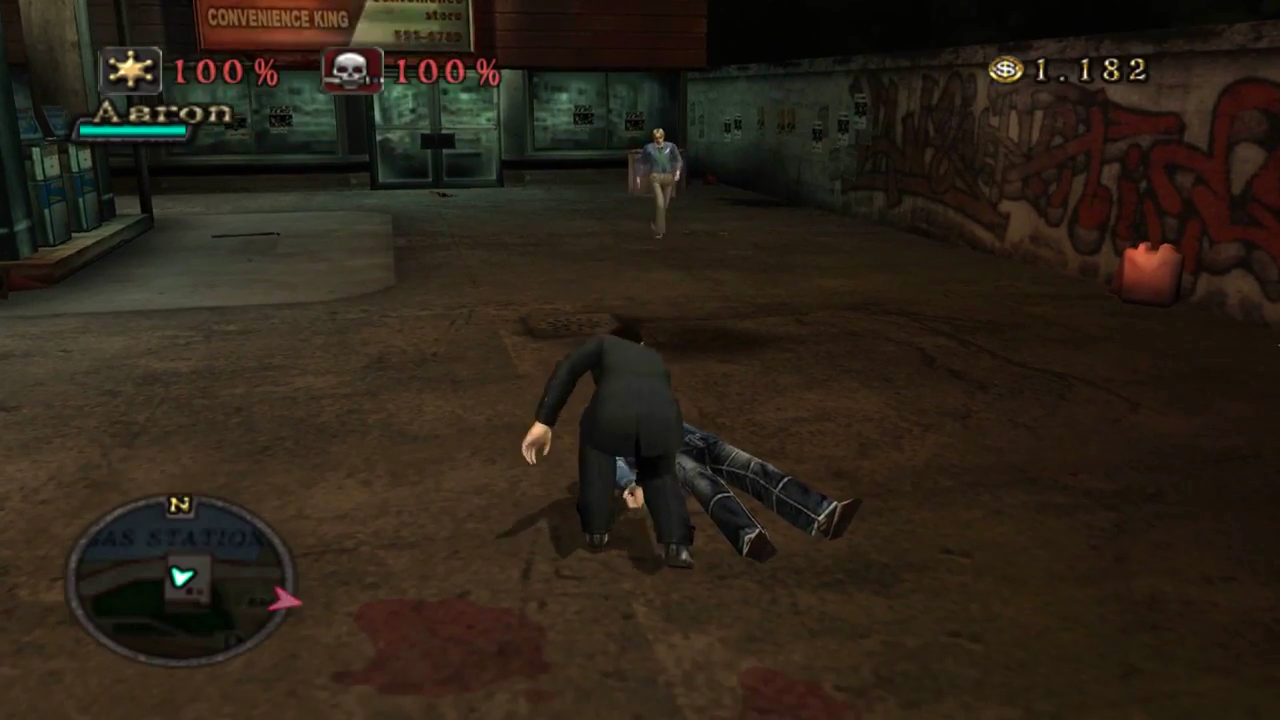

By the time he recovered, it was too late. Fate intervened in the cruellest fashion when Morita suffered a stroke. He even overcame the doubts of Sony founder Akio Morita, who saw the merit in video games but hated the name PlayStation. What if Sony ditched the Nintendo angle and proceeded with the rest of the plan? What if it did PlayStation on its own?Īgainst considerable internal opposition, Kutaragi made his dream a reality. It even had a name: the Nintendo PlayStation. Sony had actually made a prototype device to show to Nintendo. He was also convinced he had seen the future – a future in which Sony got into gaming independently of Nintendo. Sony “had learned about the pending press conference 48 hours earlier, and were… stunned”, wrote David Sheff in his 1993 book Game Over.

But then, to Sony’s shock, it backed out at the final moment and instead announced an alliance with Philips at a 1991 press conference. He pushed his bosses towards an alliance with the king of the industry, Nintendo. By the early Nineties, when he was in his forties, he had become convinced gaming was the next big growth area for tech. Kutaragi had joined Sony as an engineer in its digital research labs in his twenties. As with Apple and the maverick Steve Jobs, the PS2 and its forerunner were essentially the product of the force of will of a singular individual, Ken Kutaragi – known to his underlings as “Crazy Ken”. In fact, the PlayStation story is the story of one man and his vision. And, hey presto, there they were on our shelves. The sense among many gamers is that the Sony hive-mind willed these extraordinary devices into existence from its bunker-style HQ in Tokyo’s Minato ward. One surprise, as we look back, is just how obscure the origins of the PS2 and its predecessor, the original 1994 PlayStation, remain. But with the PS2 game being on DVD and not on a cartridge, I felt so many aspects of a game’s overall quality benefited.” “Don’t get me wrong, I loved the N64 and it told some great stories. I also remember being blown anyway by the FMV cut-scenes,” says Breslin. “It offered a new level of visuals, gameplay, and story-telling as it gave developers even greater tools to tell their story.


 0 kommentar(er)
0 kommentar(er)
